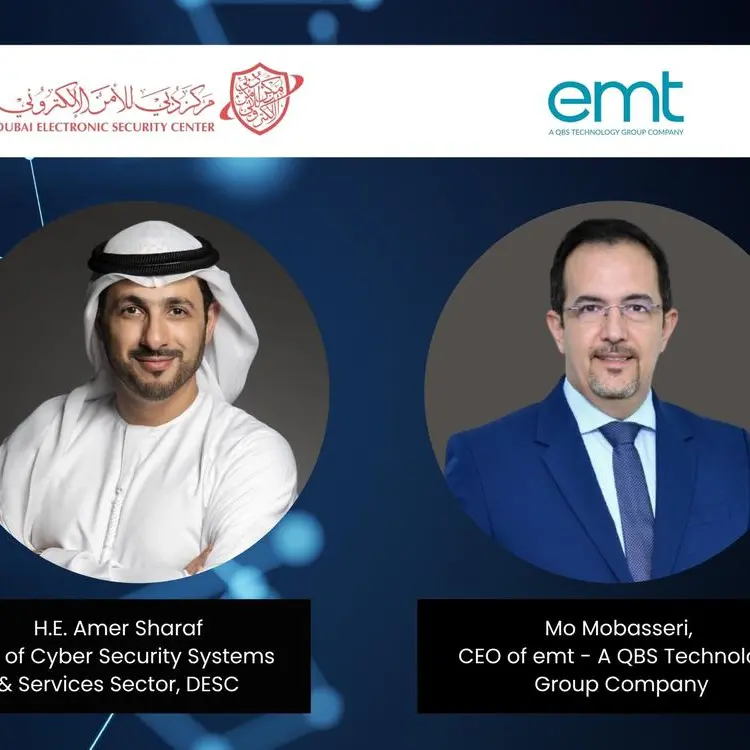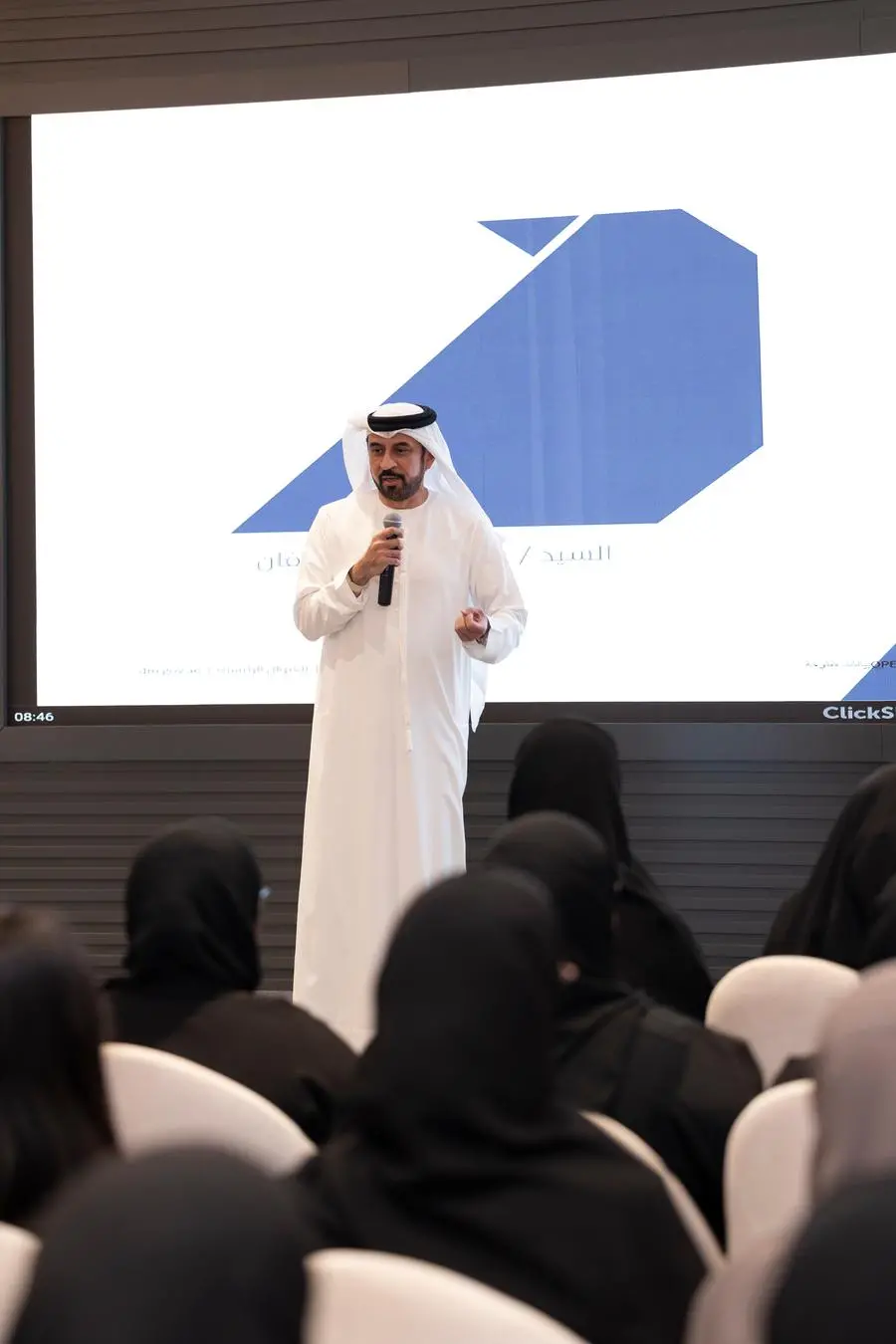PHOTO
Dubai, UAE – According to Protiviti’s 2021 Next-Generation Internal Audit Survey, most of the chief audit executives (CAEs) and senior internal audit leaders surveyed reported that their teams are still in the early stages of, or have yet to embark on, their next-gen internal audit journeys. The COVID-19 pandemic has accelerated digital transformation initiatives across organizations, including internal audit (IA). In the Middle East, the potential to transform and initiate growth in IA is immense, though the initiatives are at a nascent stage.
The survey shows that 73% of the internal audit groups in the Middle East are contemplating deeper focus on innovation and transformation initiatives.
“COVID-19 highlighted the urgent need for internal audit groups to adopt technologies and upskill to become strategic partners and advisors to their C-suites, boards and audit committees. This warrants IA functions to add talent with technology skills, which can work in tandem with the traditional accounting and auditing skill set,” said Sanjay Rajagopalan, Managing Director, Protiviti Member Firm for the Middle East Region.
The survey also finds that one of the key accelerators to adoption of the Next Gen IA initiatives will be the interest level of and increasing questions from the Audit Committees.
In the Middle East, 58% of the Audit Committees have shown medium to high level of interest in understanding the transformation and innovation activities undertaken by IA groups. Continuous Control Monitoring (CCM) is among the strong initiatives undertaken by the IA groups in the region. However, the survey shows that currently, only 10% of the respondents in the region identified their internal audit departments as ‘digital leaders’ as against 14% of global respondents.
It indicates that in the Middle East, less than 30% of the organizations have a formal structure to foster innovation and transformation as against the global result of 41%.
This can be gauged from the outcome of a question on the maturity level for a variety of NextGen IA capabilities. Machine Learning (ML) and Artificial Intelligence (AI), advanced analytics, process mining and automation have shown the lowest maturity.
“IA leadership will have to formalize the innovation and transformation agenda and reward team members who go an extra mile to innovate or transform the way they are functioning and add more value to business,” Sanjay added.
The report includes benchmarking results derived from more than 60 questions and discusses recommended steps for a roadmap to a next-gen audit function. It is available for complimentary download here in addition to an infographic that highlights key findings.
© Press Release 2021
Disclaimer: The contents of this press release was provided from an external third party provider. This website is not responsible for, and does not control, such external content. This content is provided on an “as is” and “as available” basis and has not been edited in any way. Neither this website nor our affiliates guarantee the accuracy of or endorse the views or opinions expressed in this press release.
The press release is provided for informational purposes only. The content does not provide tax, legal or investment advice or opinion regarding the suitability, value or profitability of any particular security, portfolio or investment strategy. Neither this website nor our affiliates shall be liable for any errors or inaccuracies in the content, or for any actions taken by you in reliance thereon. You expressly agree that your use of the information within this article is at your sole risk.
To the fullest extent permitted by applicable law, this website, its parent company, its subsidiaries, its affiliates and the respective shareholders, directors, officers, employees, agents, advertisers, content providers and licensors will not be liable (jointly or severally) to you for any direct, indirect, consequential, special, incidental, punitive or exemplary damages, including without limitation, lost profits, lost savings and lost revenues, whether in negligence, tort, contract or any other theory of liability, even if the parties have been advised of the possibility or could have foreseen any such damages.




















